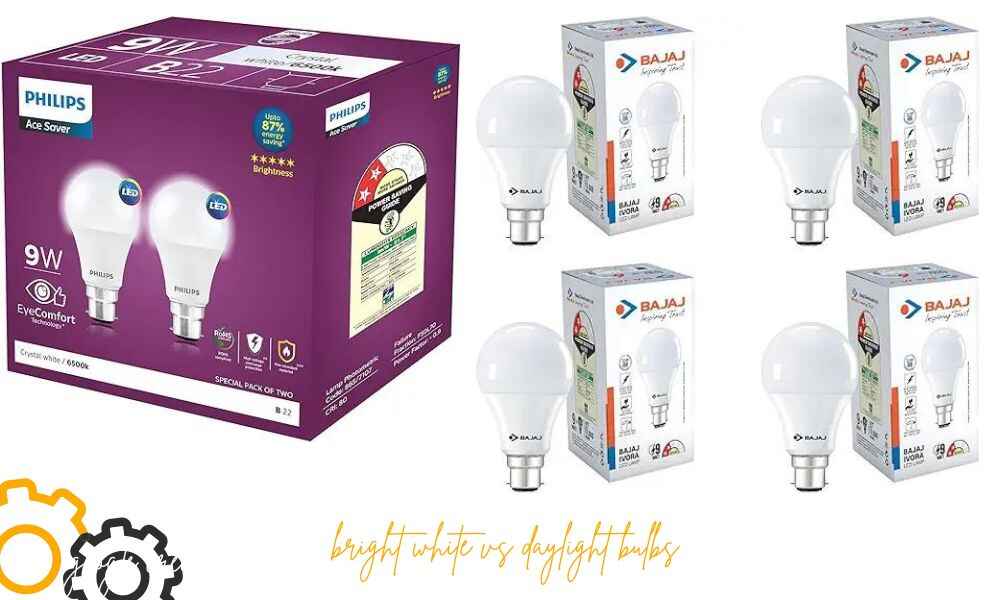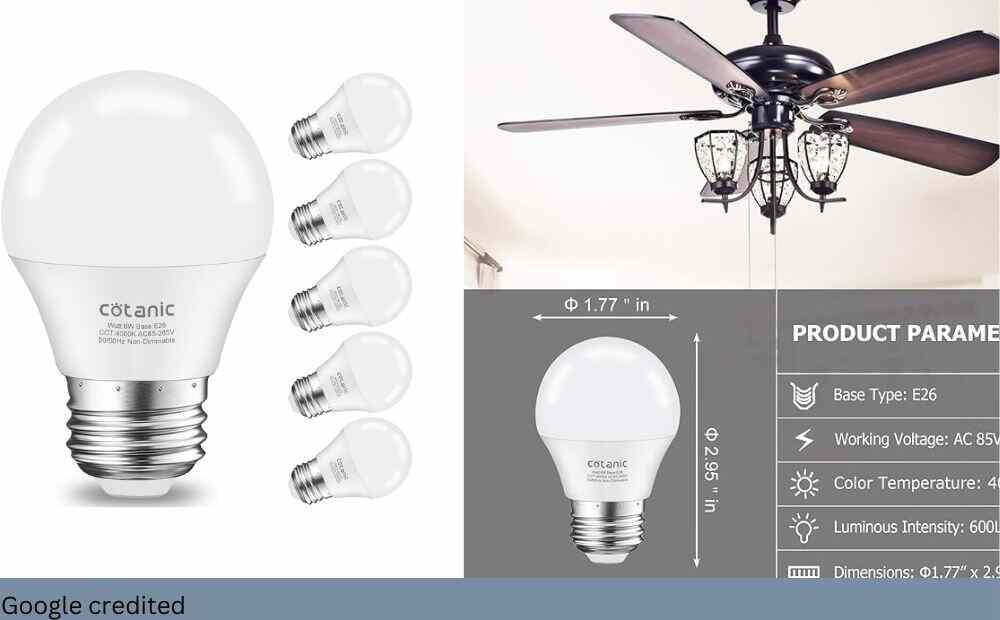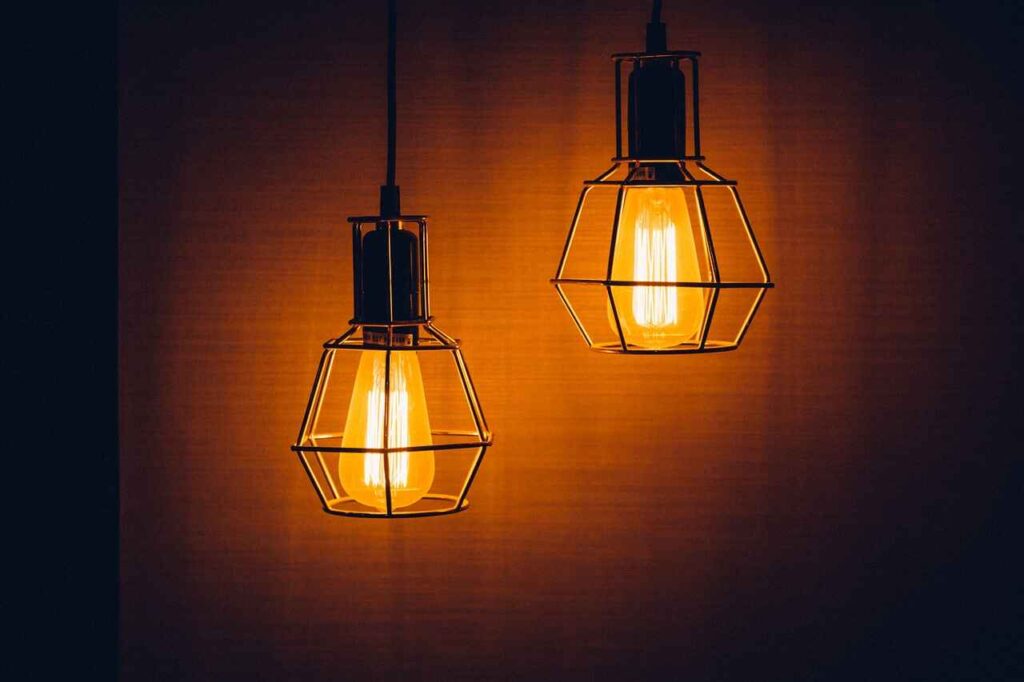LED bulbs have become a popular choice for lighting due to their energy efficiency, longevity, and bright light. But, like all things, they are not immune to problems. A common question is “Why do LED bulbs go out” If you’ve ever been puzzled by this question, you’re not alone. This article will explain why LED bulbs sometimes fail, what you can do to prevent it, and related issues you should be aware of.

What Are LED Bulbs?
Before diving into the reasons why LED bulbs fail, it’s essential to understand what LED bulbs are and how they work. LED stands for Light Emitting Diode. Unlike traditional incandescent bulbs, which use a filament to produce light, LEDs produce light by passing a current through a semiconductor. This process is far more energy-efficient, which is why LEDs are often promoted as an eco-friendly lighting option.
Common Reasons Why Do Led Bulbs Go Out
LED lights have advantages, but they are not infallible. The following is something off about led bulbs.
1. Heat Issues
Heat is one of the most common culprits for LED bulb failure. LEDs are sensitive to high temperatures, and excessive heat can damage the internal components, leading to early burnout. LED bulbs need good ventilation to keep cool. If they are used in enclosed fixtures, where heat has nowhere to escape, they can overheat and fail faster.
What Can You Do?
Ensure that your LED bulbs have proper ventilation. Avoid using them in fixtures that trap heat, like recessed lighting or closed ceiling fixtures.
2. Power Surges
Power surges can also cause LED bulbs to go out. A sudden spike in electricity can damage the delicate circuitry inside the bulb. While LEDs are generally more resilient than incandescent bulbs, they are not immune to electrical fluctuations.
What Can You Do?
Using surge protectors in your home can help protect your LED bulbs from sudden power surges. It’s also wise to invest in quality bulbs that have built-in surge protection.
3. Poor Quality Bulbs
Not all LED bulbs are created equal. Poor-quality bulbs often use substandard materials and components, leading to a shorter lifespan. While these cheaper options may be tempting, they often fail sooner than high-quality bulbs.
What Can You Do?
Invest in LED bulbs from reputable brands. While they may be more expensive, they often come with warranties and are made to last longer.
4. Incorrect Installation
Improper installation is another common reason why LED bulbs fail. For instance, using the wrong type of dimmer switch with an LED bulb can cause flickering, buzzing, and even burnout. Additionally, not screwing the bulb in correctly can lead to poor electrical contact and failure.
What Can You Do?
Always ensure that your LED bulbs are installed correctly. Use compatible dimmer switches and screw the bulbs in properly to ensure a good electrical connection.
5. Voltage Fluctuations
Voltage fluctuations in your home’s electrical system can also cause LED bulbs to fail. If the voltage is too high, it can overdrive the LED and cause it to burn out faster. Conversely, low voltage can cause the LED to flicker or dim.
What Can You Do?
Check your home’s electrical system for voltage stability. If you suspect issues, it may be worth consulting an electrician to ensure that your wiring and circuits are functioning correctly.
6. Capacitor Failure
LED bulbs contain capacitors, which are small electronic components that help regulate the flow of electricity. If the capacitor fails, the LED bulb may stop working. Capacitor failure is often due to poor manufacturing or high temperatures.
What Can You Do?
As with other components, choosing high-quality LED bulbs can help reduce the risk of capacitor failure. Also, ensuring that the bulbs are used in well-ventilated areas will help keep them cool and functioning properly.

Related Issues with LED Bulbs
Aside from going out, LED bulbs may burn out and can sometimes exhibit other problems that are worth addressing. Here are a few common issues:
1. Flickering
Flickering is a common issue with LED bulbs and is usually due to compatibility issues with dimmer switches, poor wiring, or voltage fluctuations.
Solution: Ensure that you are using the correct dimmer switch for your LED bulbs. If flickering persists, it may be worth consulting an electrician.
2. Buzzing or Humming
Some LED bulbs may emit a buzzing or humming sound, especially when used with a dimmer switch. This is often due to the incompatibility between the bulb and the dimmer.
Solution: Make use of dimmer switches made especially for LED lighting. This should reduce or eliminate the buzzing sound.
3. Color Temperature Changes
Over time, some LED bulbs may start to change color temperature, appearing more yellow or blue than when they were new. This can be due to aging components or poor-quality bulbs.
Solution: Using high-quality bulbs can help prevent color temperature changes. If you notice significant changes, it may be time to replace the bulb.
How to Increase the LED Bulbs’ Lifespan
While LED bulbs are designed to last a long time, taking certain precautions can help extend their lifespan even further. Here are some tips:
1. Use Quality Bulbs
As mentioned earlier, investing in quality bulbs is one of the best ways to ensure longevity. High-quality bulbs are less likely to fail prematurely and often come with warranties.
2. Proper Installation
Make sure your LED bulbs are installed correctly. This includes using compatible dimmer switches and ensuring that the bulbs are properly screwed in for a good electrical connection.
3. Ensure Good Ventilation
Keep your LED bulbs cool by ensuring proper ventilation. Avoid using them in enclosed fixtures, and if necessary, opt for LED bulbs that are specifically designed for enclosed spaces.
4. Avoid Power Surges
Using surge protectors and ensuring stable voltage in your home can help protect your LED bulbs from power surges that could cause them to fail.

Why do led bulbs continue to glow when turned off
Because of the residual current in the circuit, LED bulbs frequently keep glowing after being turned off. A small amount of energy may still pass through the wire even when the switch is off, particularly if the house’s wiring is outdated or malfunctioning. Slightly glowing very efficient LED bulbs can be achieved with this tiny current. Dimmer switches, for example, may not completely cut off the electricity, which is another possible cause.
Furthermore, less expensive LED bulbs could not have the circuitry needed to stop this glare. Use high-quality LED bulbs, make sure the cabling is done correctly, or replace the switches with ones that are compatible with LEDs to resolve this problem. By being aware of these reasons, you can stop the unsightly glow and take use of all the advantages of LED lighting in your house.
Conclusion: why do led bulbs go out
LED bulbs are a fantastic option for energy-efficient and long-lasting lighting, but they are not without their issues. Understanding the common reasons why LED bulbs go out, such as heat, power surges, poor quality, incorrect installation, and voltage fluctuations, can help you prevent these problems and extend the life of your bulbs. By investing in quality bulbs, ensuring proper installation, and taking steps to protect your bulbs from heat and power surges, you can enjoy bright, reliable lighting for years to come.
Related articles:


